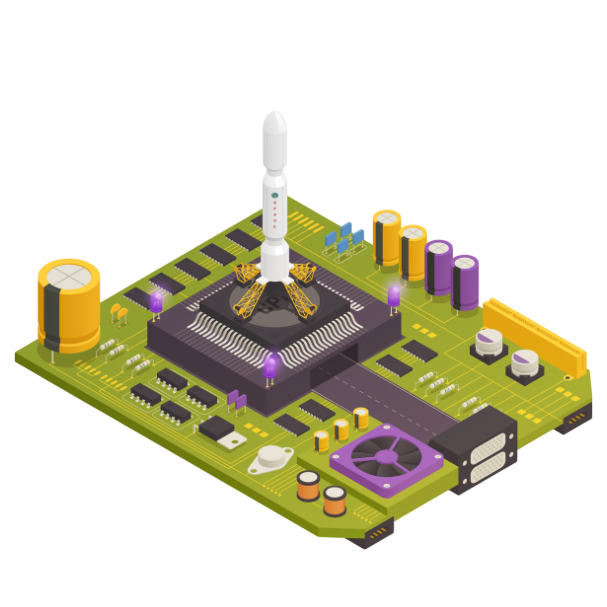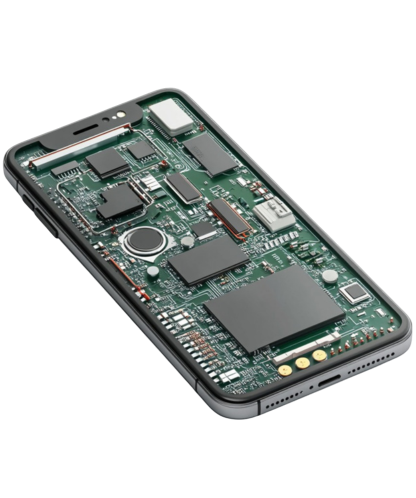Challenges in Embedded Systems
Embedded systems face several challenges due to their specific design requirements and operational constraints. One major challenge is resource limitations, as these systems often operate with limited memory, processing power, and energy resources, making it essential to optimize software and hardware for maximum efficiency. Another key challenge is ensuring real time performance, as many embedded systems, such as those in automotive or medical applications, must respond to inputs and events within strict time constraints. Security is also a growing concern, as embedded systems are often part of larger networks and can be vulnerable to cyberattacks, requiring robust security measures to protect sensitive data and operations.
-
1.
Embedded systems often have limited processing power, memory, and storage, requiring efficient optimization of both hardware and software to meet performance goals without exceeding available resources.
-
2.
Many embedded systems need to meet strict timing requirements, particularly in critical applications like automotive safety or medical devices, where delays or missed deadlines can lead to failures or safety risks.
-
3.
As embedded systems are increasingly connected to networks or the Internet of Things (IoT), they are exposed to security threats. Ensuring data protection and preventing unauthorized access or cyberattacks are significant challenges.
Another significant challenge in embedded systems is hardware software integration. These systems require seamless coordination between the hardware components (like sensors, actuators, and microcontrollers) and the software that drives them. Designing both aspects to work together efficiently can be complex, especially when balancing factors such as power consumption, processing speed, and real time responsiveness. Additionally, testing and debugging embedded systems can be difficult, as they often operate in specialized environments where direct interaction with the system is limited, making troubleshooting and ensuring reliability more challenging. This integration requires close attention to detail during both design and development phases to avoid performance issues or system failures.




















